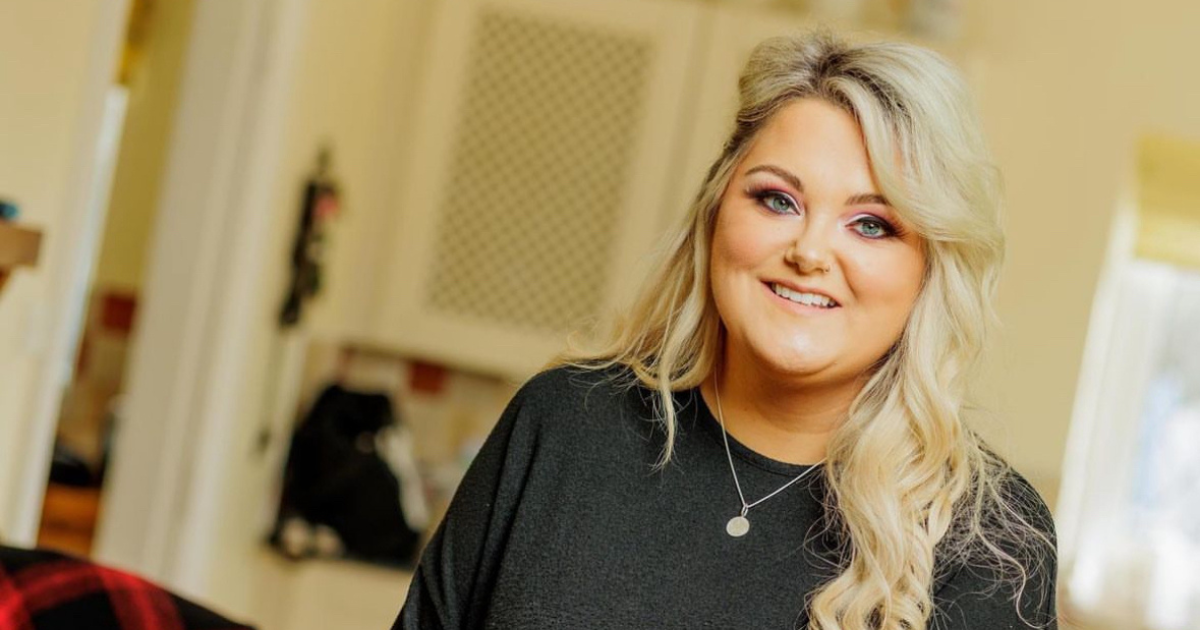When sepsis strikes
Phil Crow went into hospital for a gallstone removal procedure expecting to be home the next day. Two months later he was still there, fighting for his life after complications led to sepsis.
‘In July 2010 I was admitted to hospital to have some gallstones removed from my bile duct,’ the professional photographer tells This Is MedTech. ‘The procedure led to complications including acute pancreatitis, which ultimately led to me becoming septic and rushed to Intensive Care Unit (ICU) where I remained for eight weeks.’
Sepsis, also known as blood poisoning, is when the body’s response to infection injures its own tissues and organs. The symptoms can initially look like flu, gastroenteritis or a chest infection, and they present differently between adults and children. If not addressed immediately, it can result in organ failure and death, but if caught early, it can be treated with antibiotics. According to the charity The UK Sepsis Trust, sepsis claims six million lives a year out of 30 million cases globally.
When sepsis is first suspected, health professionals rely on medical technologies to help make a diagnosis by analysing blood and measuring your temperature, heart rate and breathing rate. Other tests that guide treatment include urine or stool samples, a wound culture, saliva testing, blood pressure tests and imaging studies such as x-ray, ultrasound and CT scans.
Fortunately, Phil pulled through, but the road to recovery has been a long and bumpy one. ‘I lost nearly 20 kg and when I was eventually allowed out of bed it took three nurses 20 minutes to get me to my feet. I pretty much had to learn to walk again,’ he recalls. Once out of ICU, Phil still had to deal with an extensive abscess running from his pancreas down around his kidney and into his pelvis, and a T-tube to drain bile and prevent potentially life-threatening leakage. When the T-tube was finally removed, he could go home.
To help the healing process and contain the infection, Phil had another drain coming out of the abscess running to a colostomy bag which caught the fluids, meaning he had to attend hospital three times a week to get the drain site flushed and cauterised. ‘I was far from mended, however as I am self-employed, I felt I had to get back to work as soon as I could because I discovered my critical illness insurance doesn’t cover sepsis. I felt I had no choice but to get fit again quickly.’
Aside from the physical issues, Phil had developed Post Traumatic Stress Disorder (PTSD), one of many psychological and emotional symptoms that can occur in the aftermath of sepsis. ‘Recovering from the mental and physical trauma of critical illness is tough,’ he explains. ‘Survivors often feel confused, vulnerable and isolated.’ In addition to benefitting from counselling, Phil found that cycling really calmed him and staved off the flashbacks. ‘I took up challenges and rode my bike in New York, Switzerland, London to Brighton and all in aid of Lincoln ICU,’ he says. ‘The following year, I was nominated to carry the Olympic torch, totally unexpected and incredibly humbling.’
Despite some other medical setbacks and the ongoing effects of PTSD, Phil has learned how to cope when things get tough and he feels lucky compared to many others. One way in which he gives back is by working with The UK Sepsis Trust and its CEO, Ron Daniels. ‘I’ve spoken to all sorts of people, presented at various conferences, been on steering committees, ridden my bike as well as setting up a Sepsis Support Group in Lincoln,’ says Phil. ‘A few years ago, the trust came up with the Cycle4Sepsis event and this has always been the perfect way for me to get involved. As traumatic as it can be reliving what happened, it is important that others learn from my experience which is why I do this sort of thing.’
September is Sepsis Awareness Month with World Sepsis Day falling on 13th September.






